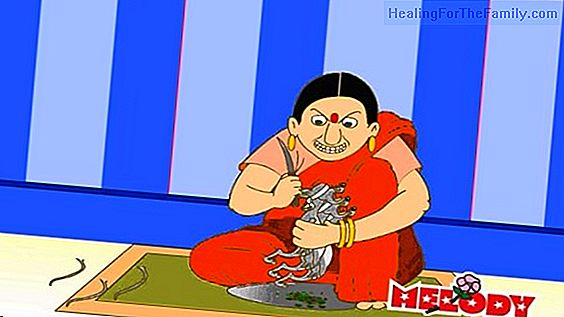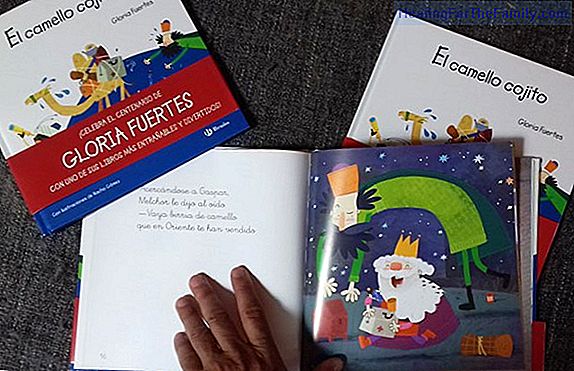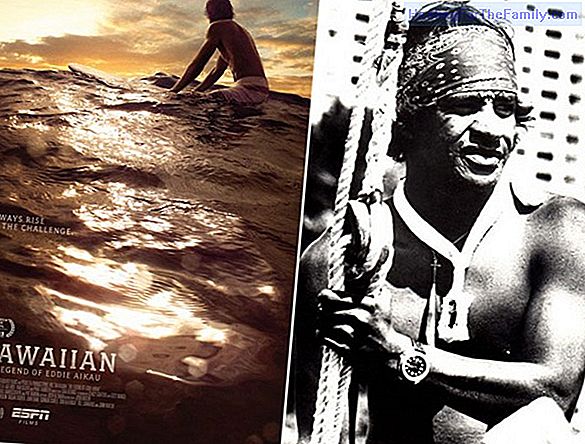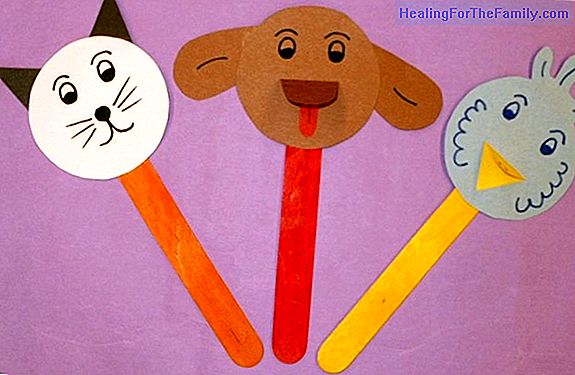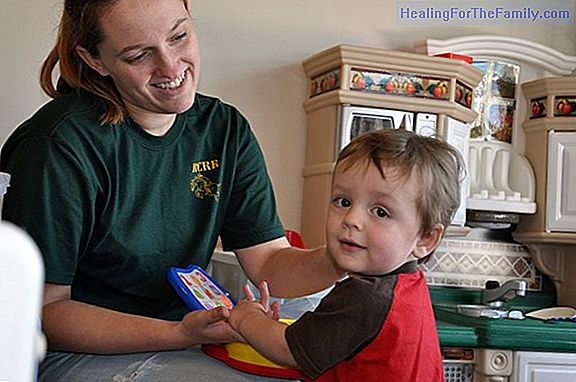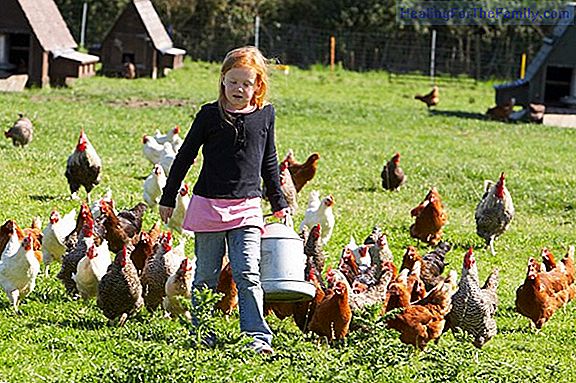How the baby crawls. Types of crawling
Crawling is an important evolutionary moment in the baby's life, it is acquiring autonomy and an opportunity to discover and experience the environment that surrounds it. Parents wonder: will not they be more autonomous when they walk? For it happens that when the baby begins to walk is much more de
Crawling is an important evolutionary moment in the baby's life, it is acquiring autonomy and an opportunity to discover and experience the environment that surrounds it. Parents wonder: will not they be more autonomous when they walk? For it happens that when the baby begins to walk is much more dependent on adults because equilibrium comes into play, and therefore leave for some time to explore the means to perfect their new achievement.
Crawling in the baby
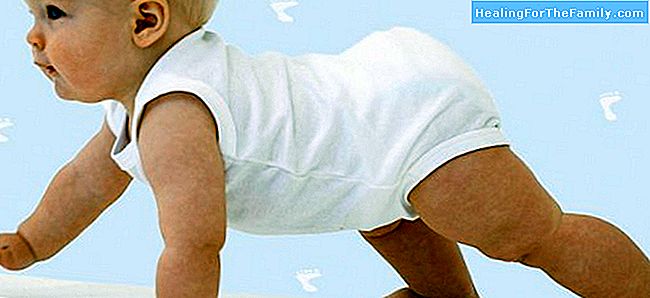
Many parents ask themselves: Is it bad for children not to crawl? Although the real question should be: is it bad that babies do not want to move? And that's where I want to go:
According to Robson:
- 82% of children crawl on hands and knees in an atypical or typical way.
- 9% crawl from a sitting position, that is, in a seated position.
- 1% crawl on the abdomen in the prone position.
- 1% roll on themselves.
- 7% of the children started walking without a previous crawling phase.
From there, I want to give more importance to the fact that the important thing is that the baby wants to move, and get it, whatever the case may be.
Types of crawling in the baby
Let's see what kind of crawling, or displacement the baby can make:
Drag:This type of crawling is one of the most used especially at the beginning. Using only the arms, they crawl forward, dragging the rest of the body. Sometimes they also move backwards.
Typical or standard gazing: the one in which the babies position themselves on the hands and knees and cross the gait, that is, when the right hand advances, the left leg advances, and on the contrary, and a curvature begins to form at the height of the lumbar. It is the preparation for the pattern of the march, where one leg moves while being accompanied by the movement of the opposite arm.
Atypical or bearcrawling: this type of crawling is later, since it appears between 48 weeks and the year. Babies support themselves with their hands and feet, flexing their thighs. Important for the formation of the lumbar curvature and gives a lot of stability to obtain later the standing.
Sitting: they are dragging, flexing and stretching their legs, while they lean slightly with their hands to propel themselves forward. They give little sitting jumps to go forward little by little.
These are some of the most typical types of crawling, although there are variations to each of these and we find very peculiar crawls. But you have to give importance to having that intention to want to move and explore.
We must leave our little crawling, without fear of getting dirty. We must let them run whenever this is possible and not scold them for it. We must let them face and climb everywhere, as long as they are not in danger. We must let them touch it and investigate everything, controlling that they can not hurt themselves. Only then will we make them free.





